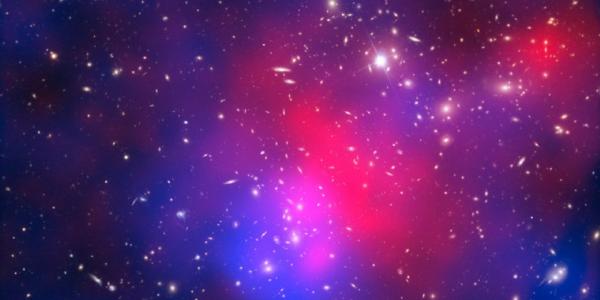Physics Theory Seminar with Sandra Robles on Dark Matter Heating of Old Neutron Stars
Neutron stars (NSs) are promising cosmic laboratories to test the nature of dark matter (DM). DM captured by the strong gravitational field of these stellar remnants transfers its kinetic energy to the star through subsequent collisions with the star constituents. Further DM annihilation in the stellar core can deposit extra energy into the NS. This can give rise to anomalous heating of old neutron stars. While DM deposits its kinetic energy quite quickly, in order for appreciable annihilation heating to be achieved, capture and annihilation processes should reach a state of equilibrium. In light of this, we revisit the calculation of the DM capture rate, thermalization, and capture-annihilation equilibrium timescales in NSs, making little approximations about the physics of neutron stars. We show that capture-annihilation equilibrium, and hence maximal annihilation heating, can be achieved without complete thermalization of the captured dark matter for all types of dark matter - baryon interactions. This includes cases where the scattering or annihilation cross sections are momentum or velocity suppressed in the non-relativistic limit. For scattering cross sections that saturate the capture rate, we find that capture-annihilation equilibrium is typically reached on a timescale of less than a year for vector interactions and 10 thousand years for scalar interactions.
This lecture was made possible by the William C. Ferguson fund.

